Can a watch be sustainable?
From marketing ploys to meaningful change, we explore sustainability in the watch space.
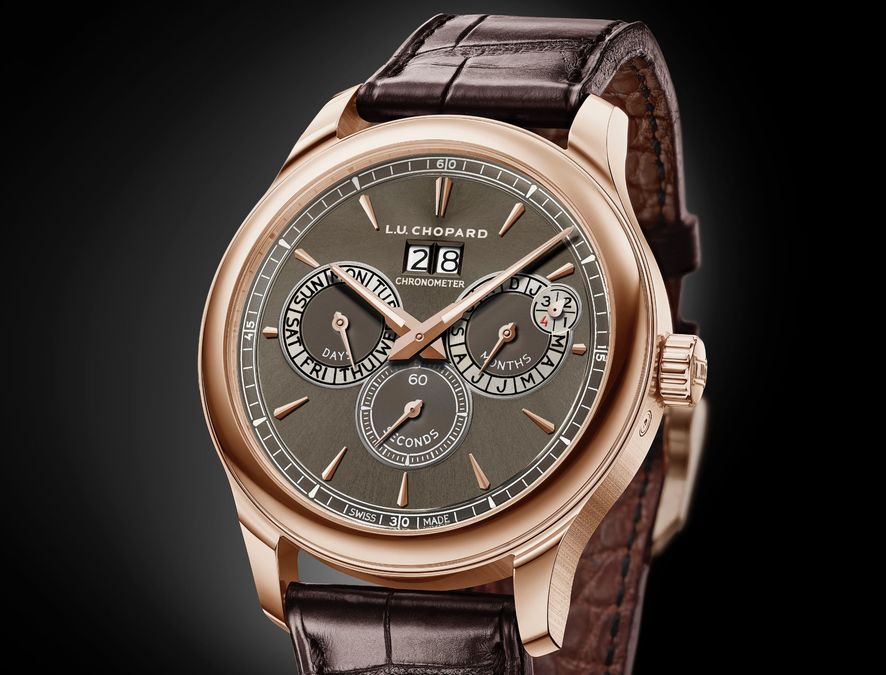
Suppose I asked you to close your eyes and imagine what the pinnacle of luxury looks like.
I'm willing to bet that for many it conjures up a picture of someone casually yet expensively and stylishly dressed, adorned with some diamonds and gold, and confidently striding towards a private jet.
This image has become ingrained by years of Hollywood celebrity reinforcement (not to mention to FOMO-inducing Instagram feeds), but does it represent reality?
For some people, yes. But these days luxury, and the luxury consumer, is a slippery fish: hard to spot and even harder to hook. That's something the makers of luxury, among whom Swiss watch brands represent a not-insignificant percentage, are acutely aware.
In the good old days of the luxury watch business, it was enough to make a beautiful watch, launch it at a gala event with a handful of friendly celebrities and VIPs, serve a pallet or two of fine French wine and watch the money roll in.
In 2020 it's not so simple; the one size fits all model doesn't work, so the makers of luxury goods have to get creative.
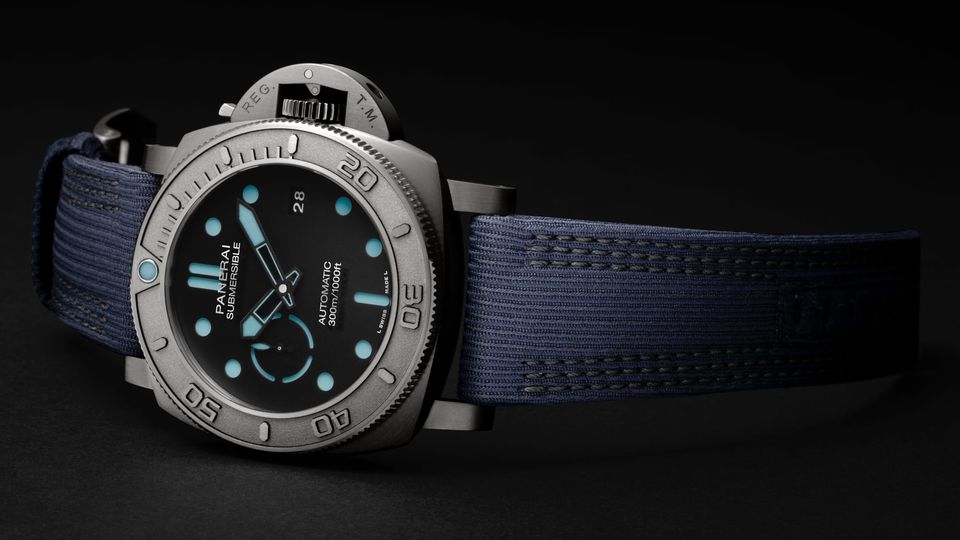
Which is why, in 2019, Panerai released a series of limited edition watches (as they are wont to do), that had a sticker price significantly higher than usual, because these watches came bundled with a money-can't-buy experience.
You could train with Italian commandos, dive with whales in French Polynesia or – and here's the one I found really interesting – witness global warming first hand in the Arctic. Fittingly enough, this watch was made of recycled titanium and came with a recycled PET strap.

To explicitly market a watch based on environmental change would have been unthinkable five or 10 years ago. It's a telling marker of just how far the needle of public perception has moved that this sort of explicitly green messaging is now is a part of the standard marketing toolkit of large luxury brands.
Which begs the immediate question: is it just marketing, or tokenism?
After all, it's relatively easy to make a sustainable strap or a strategic partnership with an environmental organisation. But meaningful structural change is harder. And it's not like luxury watches have an unusually large environmental footprint anyway.
Well, yes and no. On the positive side of things, fine mechanical watches are meant to be kept for a long time, so it's a less egregiously wasteful industry than say, fast fashion or consumer technology.
On the other hand, luxury watches use a lot of gold and gems, and mining those resources messes the planet up. Modern gold mining is hugely disruptive, some 20 tons of rock and soil are moved and discarded to find enough gold for a single ring, and that gold is extracted using mercury and cyanide.
The global watch and jewellery industry accounts for almost 50 per cent (or more than 2000 metric tons) of the global gold demand in 2019. Perhaps unsurprisingly, precious metals and gems are also one of Switzerland's most significant exports.
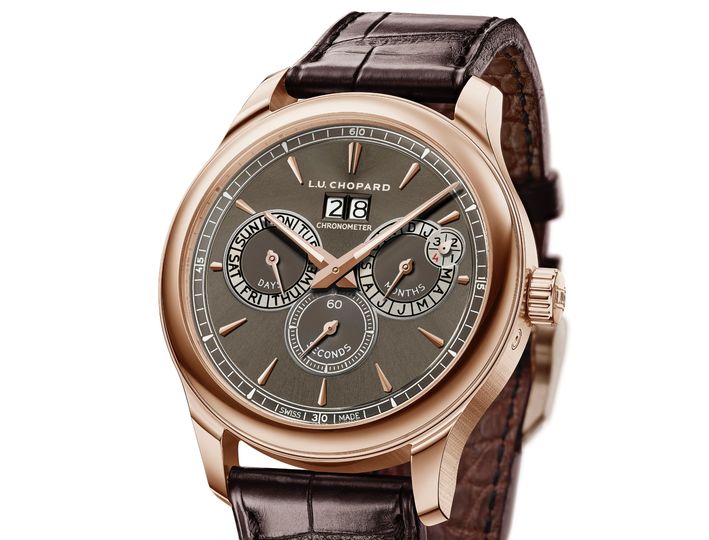
This isn't a narrative that you're likely to hear in your local watch boutique unless perhaps it is a Chopard boutique.
The family-owned brand has long championed sustainability and transparency in sourcing precious materials, and in 2018 the brand announced that 100 per cent of its gold would be acquired from ethical Fair Trade and Fairmined sources.
Chopard also sets similar standards for its diamonds and coloured stones, and while not alone in adopting these sort of policies, the scale of commitment and production stands out.
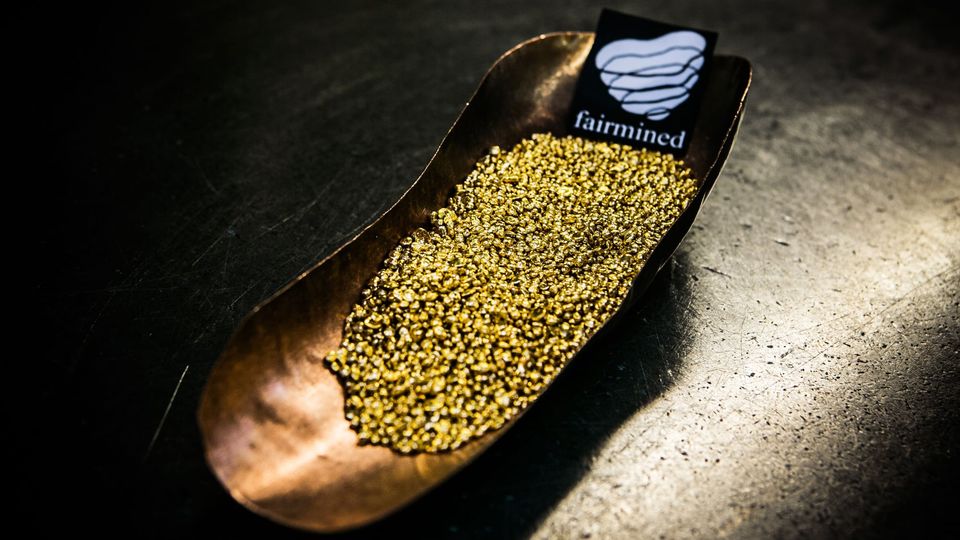
Chopard's approach goes well beyond sustainable lip service and is a meaningful change. Of course, it would be naive to think that the brand is banking on appealing to Millennial and Generation Z consumers who are, according to a 2019 McKinsey survey, far more likely to pay more for products that do not have a negative impact on the environment.
Other brands are making similar moves: in the last two years, IWC has ensured that all its electrical supply, worldwide, is renewable, and this year Breitling has ditched the traditional luxury watch trappings of an oversized wooden box in favour of leaner, greener packaging that is less resource-intensive to produce and to ship.
The sceptics can easily argue that sustainable luxury is an oxymoron and that any attempt to pair the two is a mere marketing ploy.
More optimistic readers might argue that it's a sign that the times are changing, even in the most tradition-bound industries.
The reality lies somewhere in between. A watch with an up-cycled strap or one where a percentage of the sale price goes to helping reef recovery isn't going to change the world too much, but the fact you can buy a watch like this should be read as a sign that the world is changing.

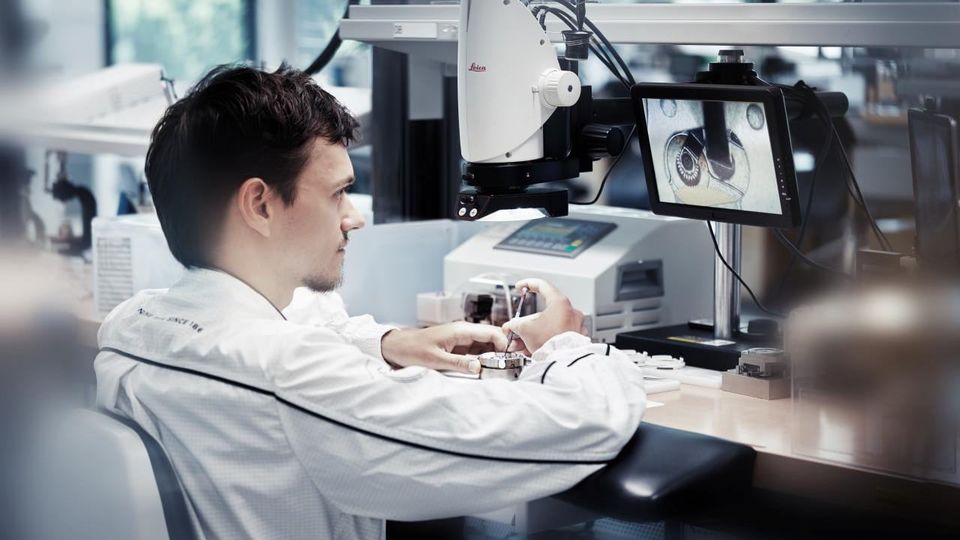




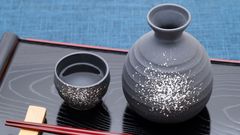

Hi Guest, join in the discussion on Can a watch be sustainable?